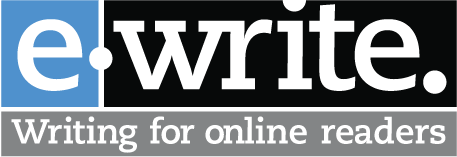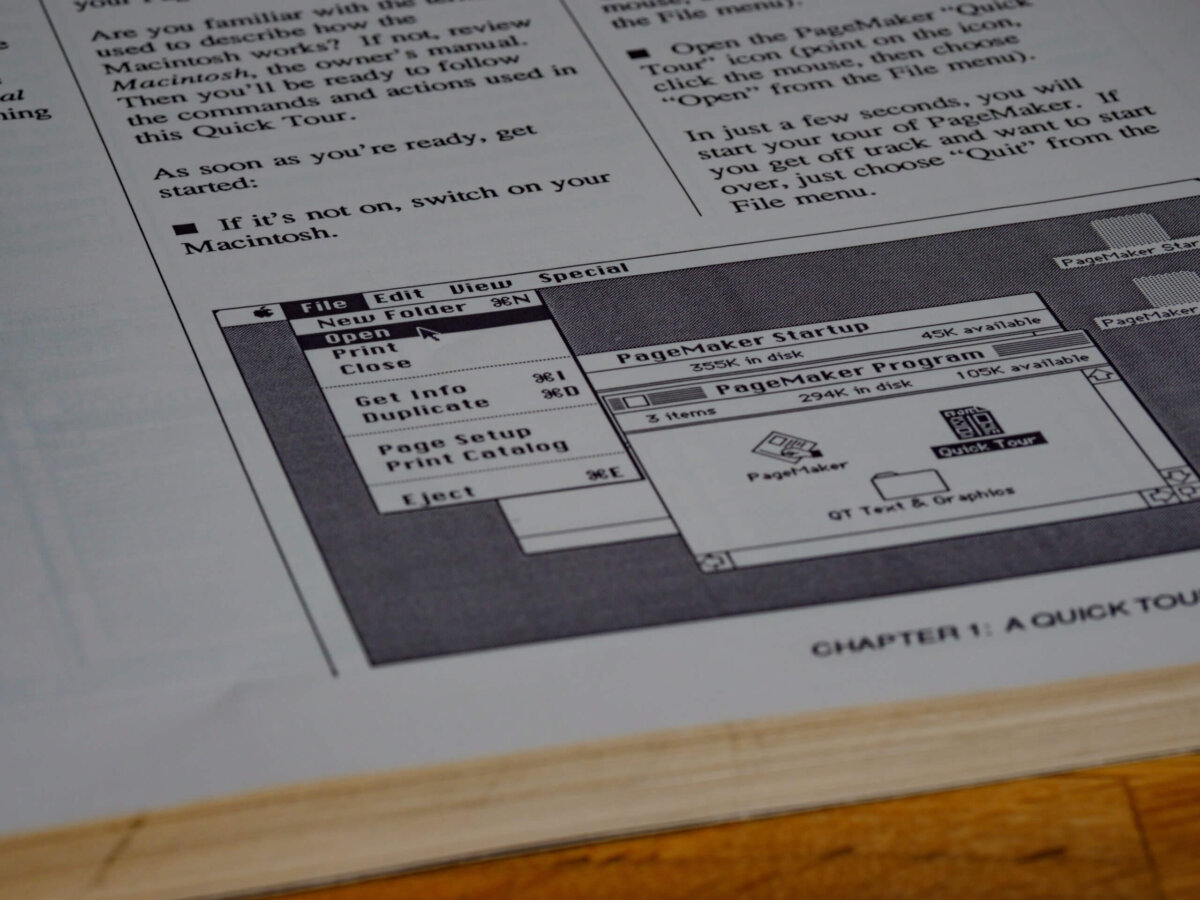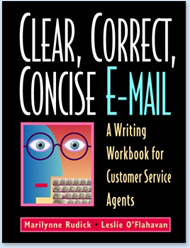When more than 50 people lost their lives in a train wreck in 1906, Ivy Lee—the father of public relations—issued the first-ever news release, a public statement about the crash from Pennsylvania Railroad officials. The New York Times was so impressed with this innovative approach to corporate communications that it published the release verbatim.
Getting the NYT to publish a release is still every PR practitioner’s dream. But the reality is that although the press release remained the same for more than 100 years, the media landscape has changed beyond recognition, thanks to 24-hour cable news channels, fewer magazines and newspapers, and thousands of blogs and social media sites. With the major online news services distributing more than 2,000 press releases a day, the odds of your release getting noticed—much less reprinted verbatim—are slim to none. The majority of press releases end up in journalists’ trash bins.
In his 2006 blog post Die! Press release! Die! Die! Die!, Tom Foremski of Silicon Valley Watcher argued that the traditional press release incurs lots of expense and effort for little return. He issued a clarion call: Ditch the 100-year-old format and reinvent the press release to reflect the needs of today’s media.
Foremski’s redo—the social media press release, or SMPR—called for stripping the press release of “top-spin” (claims that something is the biggest, the newest, the best) and deconstructing the release into stand-alone components:
- A brief, straightforward description of the announcement about the new product, event, or service
- Quotes from top executives, customers, users, and analysts
- Financial information
- Product specs or other relevant details
- Multimedia elements
- Links to the organization’s website and external links to other news stories or resources
- Tagged content so that information can be easily found by search engines and social bookmarking sites, such as share-it!, Technorati, and delicious.
Announcing The Social Media Press Release Template
It didn’t take long for Foremski’s ideas about a 21st century press release to gain traction. Shift Communications was first out of the gate with its Social Media Press Release Template. True to form, it announced the SMPR template with, you guessed it, a release that uses the template. With input from PR professionals and journalists, the Social Media Group offered a refinement in 2008: its own social media press release template. Social Media Group’s template emphasizes audio, video, blogs, and interactivity.
Some Assembly Required
Foremski said that given the components of the SMPR, writers—whether they’re reporters or bloggers—can assemble the news story and put their own slant on the content. For example, a journalist writing an article about economic trends could draw from several SMPRs and buttress forecasts from the Federal Reserve with statistics from researchers and think tanks, as well as a quote drawn from the National Restaurant Association’s social media news release about economic trends in the restaurant industry.
Hybrid Releases: The Best of Old and New
Although some organizations have fully embraced the social media press release format, they are a definite minority. A 2009 MarketingSherpa study found that nearly 50 percent of B2B and B2C companies didn’t know what a social media press release was. Of those who did, only 20 percent actually distributed them.
More common is the multimedia news release (MNR), a press release that uses the traditional linear format but incorporates social media elements—photos, videos, podcasts, and social bookmarking. The online distribution services, including PRWeb, PRNewswire, and RealWire, offer MNR options. You can see an MNR example at the PRWeb site: “DuPont Introduces Innovative Nomex® On Demand™ to Better Protect Firefighters.”
One advantage of publishing an MNR rather than an SMPR: you “control” the story a bit more, while enriching it with multimedia and social media elements to make it more appealing to the reporter or blogger.
Overcoming Two SMPR Obstacles
One of the stumbling blocks in the adoption of social media press releases is figuring out how to distribute them. That’s why many organizations use multiple distribution channels. You can:
- Send an e-mail to your organization’s press or subscriber list that includes a link to the SMPR.
- Push the SMPR out via an RSS feed.
- Use online news release services, such as PRWeb, PRNewsWire, or RealWire, which have incorporated multimedia capabilities into their press release formats.
- Use a wire service to deliver a traditional press release (cheaper than a wire service MNR) with a link back to the organization’s newsroom, where the release is also available in a social media format.
- Announce the SMPR via social media—Twitter, corporate blog, LinkedIn, and Facebook—with a link to the SMPR.
Yet another challenge is institutional: getting the older staff members, who know products and press relations, to work with the younger ones, who may be web-savvy but have less product knowledge. You’ll have more success if you can get these two groups talking to each other and working as a team.
Changing Format Means Rethinking Goals and ROI
Nontraditional press releases have also changed the goals of a press release. “ROI of Online Press Releases,” a 2008 research study by the Society for New Communications Research, found that reaching customers directly, creating online content, and optimizing for search engines were as important as the traditional goals of announcing news and increasing visibility.
All change takes getting used to, so switching from the traditional press release to the social media press release may happen slowly in your organization. But with traditional newspaper and magazine publishing in a state of upheaval, the risk of clinging to the old press release format is too high. Social media’s no longer a novelty; publishing a press release in a social-media-friendly format just makes sense.
- For more information, see my companion post Social Media Press Release: Tips and Examples.
— Marilynne Rudick (guest blogger)
Tags: Content, Marketing, Press release, Public relations, Social media, Writing






I commented on the follow up post and again, I want to mention that I work at Marketwire.
I especially liked your point in regards to rethinking goals and ROI. Of course, this all goes back to the relevance of social media in general.
Here is an example of a Marketwire SMPR that you might want to use as an example:
http://www.marketwire.com/press-release/Marketwire-1060102.html
You can also go to our twitter account for press releases @marketwirefeed to see a variety of press releases.
Great post!